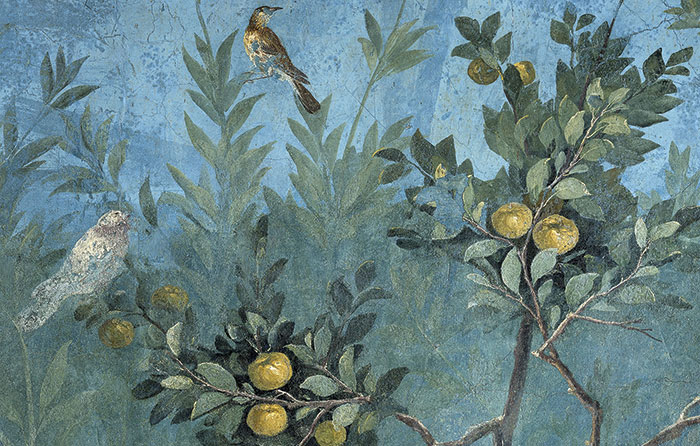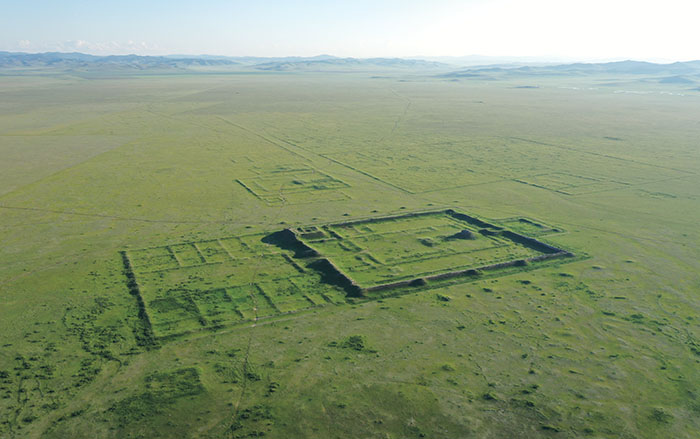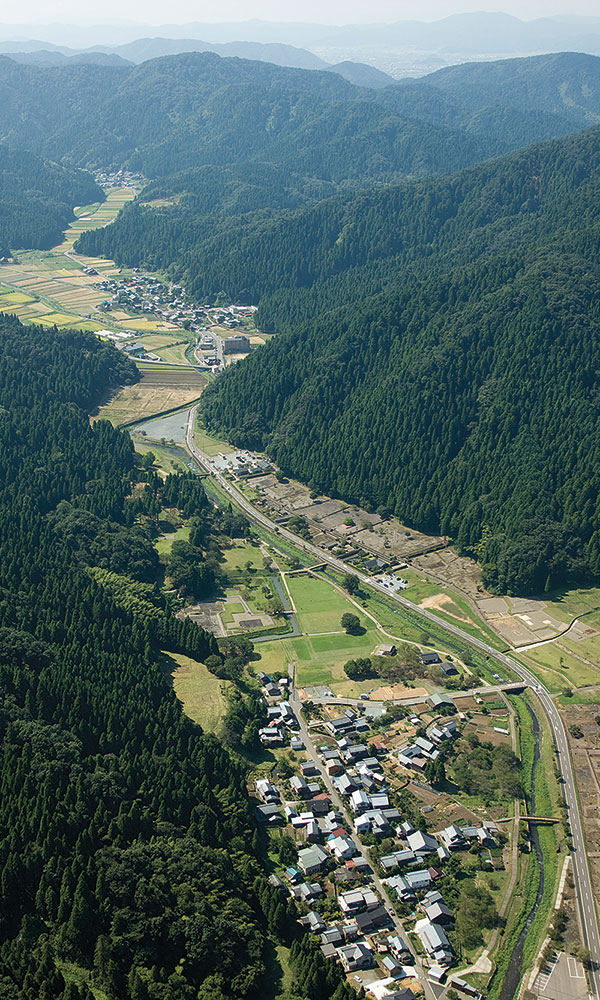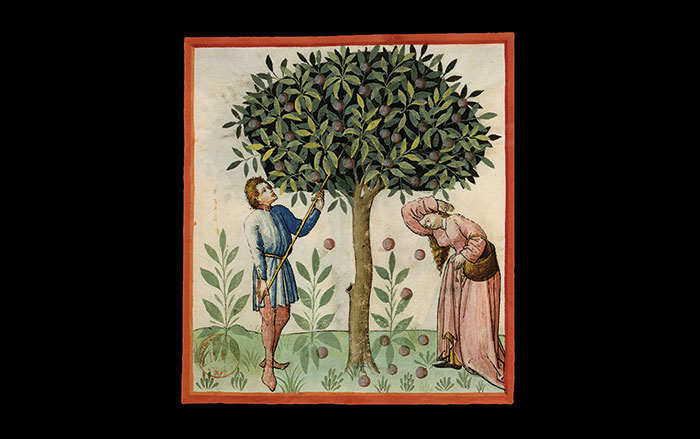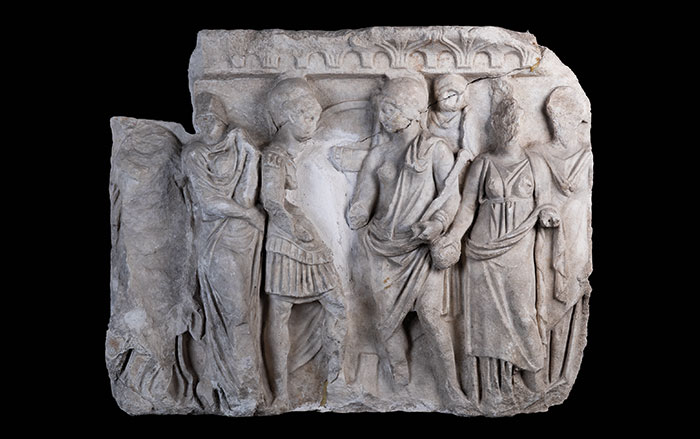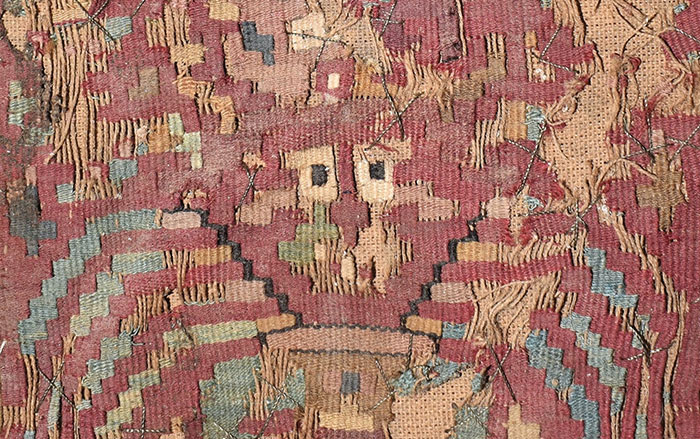
CANBERRA, AUSTRALIA—According to a statement released by The Australian National University (ANU), researchers have identified the earliest known evidence of rice in the Pacific Islands. Rice was originally domesticated in central China 9,000 years ago, but it took thousands of years for it to reach the Marianas Island in western Micronesia. Phytolith analysis of microscopic plant debris found on pottery from the Ritidian Beach Cave in northern Guam indicated that rice arrived there at least 3,500 years ago. Previously, the earliest known evidence of rice in the remote Pacific dated to between 1,000 and 700 years ago, so this discovery pushes the timeline back significantly. Since there are no traces of rice fields, irrigation systems, or harvesting tools at the site, it is believed that ancient Pacific islanders transported rice with them from the Philippines across 1,400 miles of open ocean. “It demonstrates not only their advanced navigation skills but also their foresight in preserving and transporting precious resources across vast distances,” said ANU researcher Hsiao-chun Hung. “It highlights how important rice must have been.” Experts believe that because rice would have been such a precious commodity at this time, it was not consumed daily but instead reserved for special ritual use. Read the original scholarly article about this research in Science Advances. To read how rice terraces helped the Ifugao resist Spanish colonization, go to "Letter from the Philippines: One Grain at a Time."




